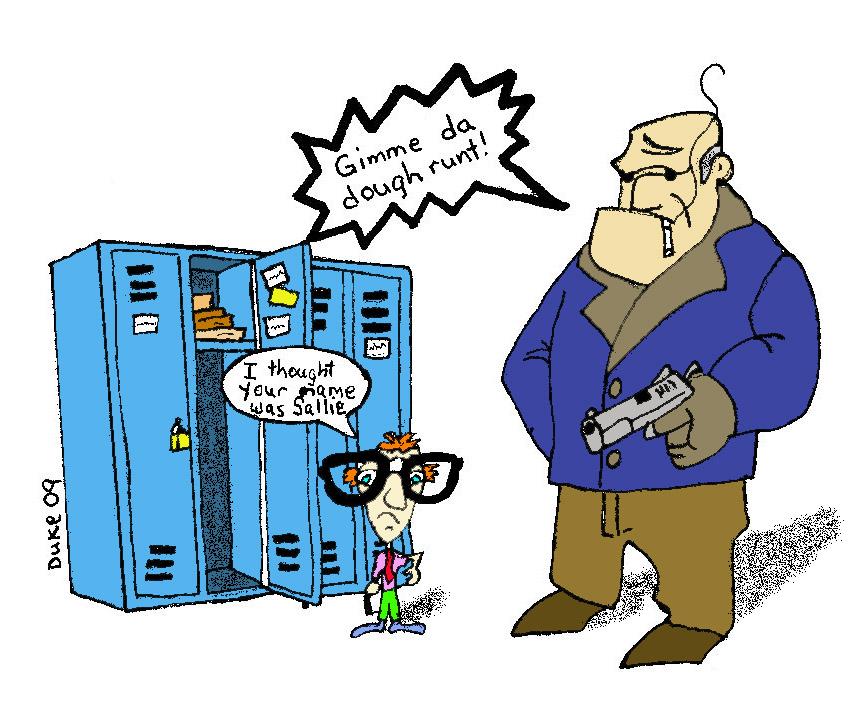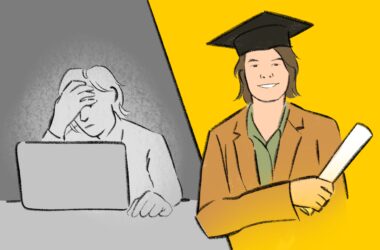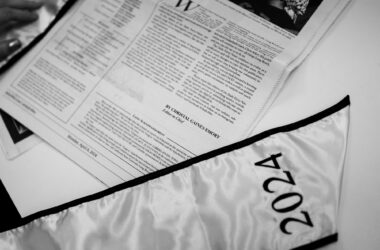A muscle-bound, cauliflower-eared foot soldier with a Brooklyn accent came to visit a Cal State Long Beach freshman next fall and made an offer he or she couldn’t refuse.
Before you scramble to your English professor whining about such trivialities as tense agreement and sentence structure, follow the bouncing ball to something that could be either good, bad or non-essential to your education and financial future.
The nation’s leading private sector student loan shark, Sallie Mae, decided to step up its enforcer game with a “We’ll break your kneecaps” repayment policy on Monday.
The Associated Press reported, “The company, formally known as SLM Corp. is replacing its signature loan with a shorter-term version that requires students to make interest payments while in school.”
As if economic woes aren’t bad enough already, now students will need to worry about a loan provider calling their moms at 3 a.m. demanding the loan remission, or else — if you know what we mean.
Sallie Mae’s new policy purportedly will ease long-term interest debt by 40 percent by having college students pay-as-they-go. Beginning in the 2009-2010 academic cycle students taking on loans will be required to start paying immediately.
It’s as tragically ironic as seeing a scowling Wal-Mart greeter waving customers away.
Part of the spin the company’s chief lending officer Jack Hewes is twirling is that families will be able to pay off their debt “between five and 15 years, compared with the previous 15 to 30 years.”
The reality is that the university experience will be cast far away from many family budgets. Many low-income families won’t even qualify for loans under the new-and-improved plan. Seemingly out of the character for objective reporting, the Associated Press inserted the corporate opinion, “The loans are also less risky since families that can’t pay while in school are weeded out.” We’ll let you interpret “weeded out.”
It’s not that part of the plan doesn’t make sense over the long run. Using a hypothetical loan of $17,000 over two years via the Associate Press calculation, students would escape growth in the interest balance if first-semester freshmen start paying $40 per month.
Under the modern schema, repayment amounts would grow each semester, peaking at $160 per semester by the student’s sophomore year. “The $160 monthly payment would continue through graduation.”
That kind of makes the five- or ten-year graduation/escape plan scary, doesn’t it? You know things are tough when you watch somebody in an Armani suit park a Hummer in the 99¢ Only Store parking lot to do some grocery shopping.
Rosy imagery aside, those who can afford student loans will be better off for surviving the usury experience.
Students graduating from public institutions like the California State University system, for instance, would only owe a principal balance — the original $17,000. Post-graduation payments, at $328 per month, will allow the loan to be paid off within six years, according to the fictitious estimate.
By shortening the original $17,000 loan through the early payback plot, the overall price tag would shrink from $45,000 to $28,000, provided the student didn’t double up on ramen noodle rations.
It’s important to remember that almost any bloated corporate sales pitch intended to save the consumer money carries hidden weight. In this case, Sallie Mae wants to ratchet up its cash flow at the expense of those teetering on the edge of pursuing an affordable college education.
The new repayment plan couples with the bad — albeit expected — premonition delivered by CSU Chancellor Charles Reed to a group of educators at the University of San Diego on Friday. Reed all but guaranteed that the cost of public higher education will continue rising, being quoted in the San Diego Union-Tribune with, “We all need to get real.”
Hewes told the Associated Press 4.5 percent of Sallie Mae’s private student loans were in default during the last fiscal quarter. While the investment group provided $6.3 billion in private student loans last year, it expects to only issue between $5.5 billion and $6 billion this year.
With rising costs and increasingly scant resources, many college hopefuls might want to consider holding onto those lucrative french fry technician jobs that got them through high school.
Caution: If confronted by a knuckle-cracking student loan counselor named “Pockets,” consider a tighter grip on the pen you’re about to wield. The ink could contain financial cyanide.




